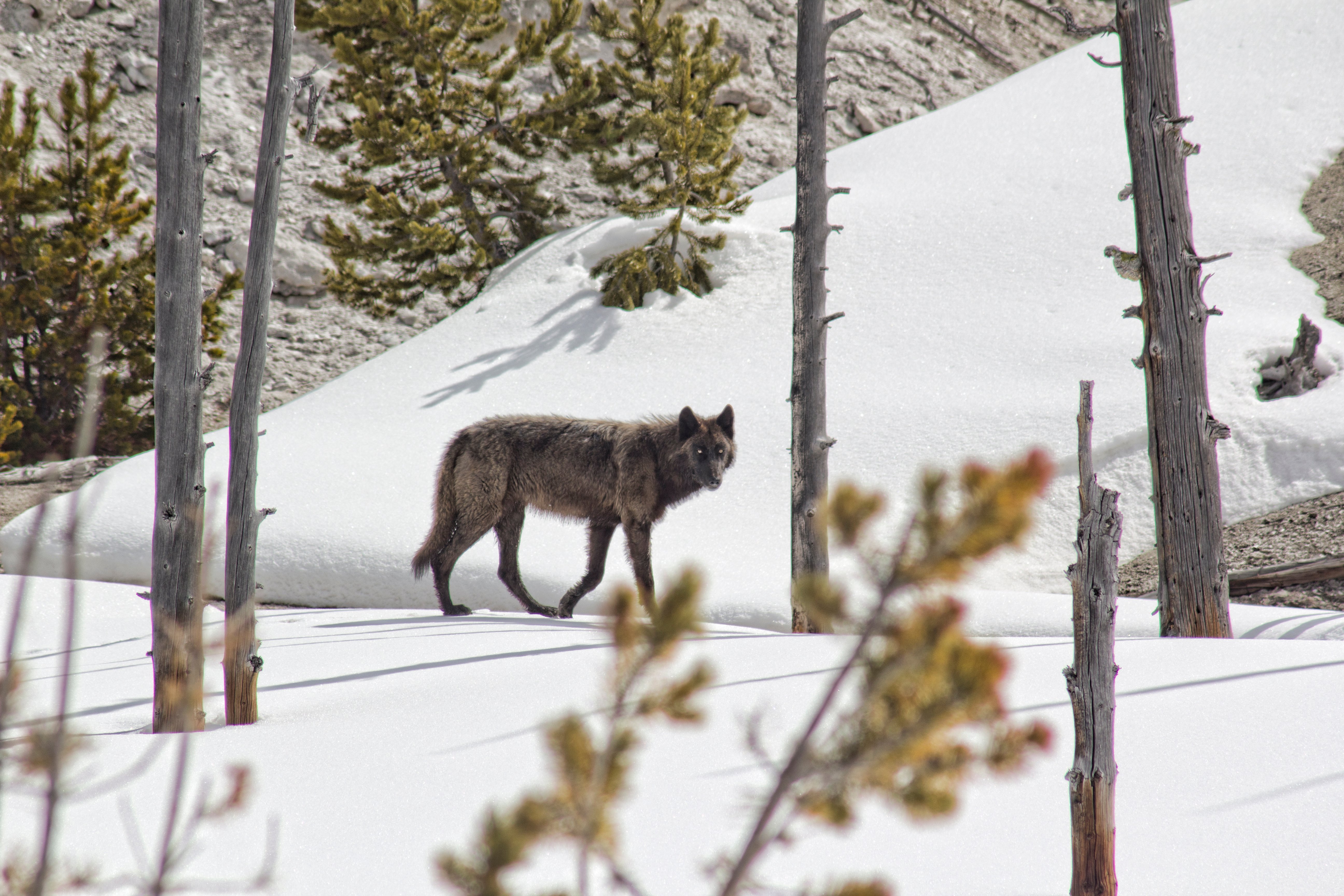Where to See Animals in Winter
In winter, Yellowstone National Park morphs into a picturesque wonderland, complete with snowy woods, ice pellets of geyser rain, frozen waterfalls, and abundant animals. Although the bears hibernate, bison, elk, mule deer, moose, wolves, and coyotes roam the park. In summer the creatures spread out to graze grassy mountainsides, munch leaves in the woods, or hunt for prey in the hills.
But in winter the animals mass in the lower elevations. “Most of the wildlife cannot deal with the harshness of high-altitude winter conditions,” says Joshua Theurer, a resident instructor for Yellowstone Forever, the educational, non-profit arm of Yellowstone formerly known as the Yellowstone Association. “The animals have adapted by moving away from the harsh high country and into the valley bottom.” The snow also makes it easy to spot animal tracks as well as the animals themselves.
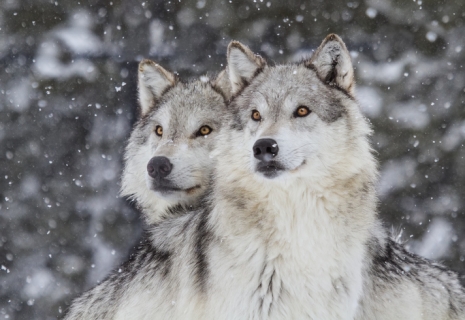
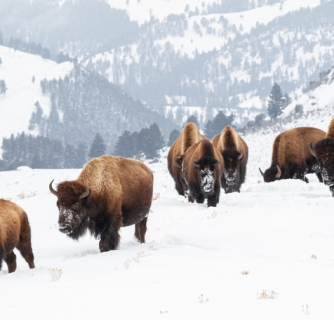
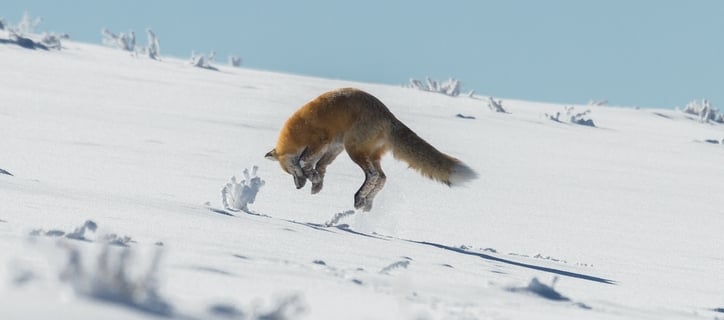
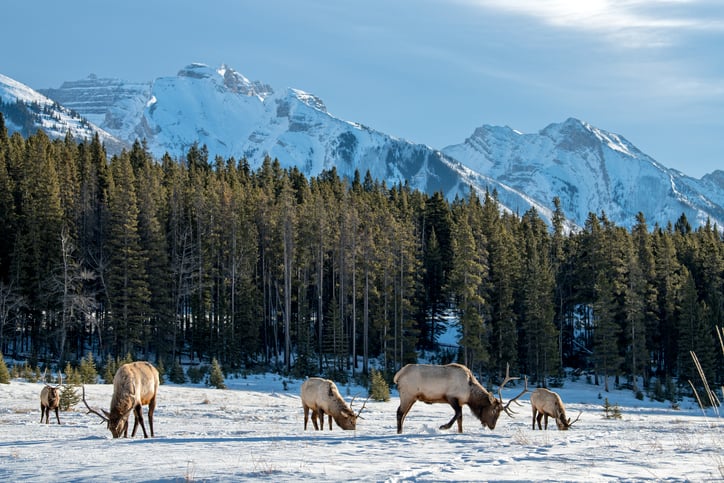
Northern Yellowstone
In winter in the northern one-third of the park, especially Lamar Valley, the cold, wind, and snow drives the wolves, bison, mule deer, and coyotes down from the high ridges and mountains to forage and hunt for food in the open meadows near the road, creating optimum viewing for Yellowstone safari-goers.Yellowstone, with at least 99 wolves living in 10 packs, rates as one of best places in the world to see these animals.
Although wolves roam throughout Yellowstone, Lamar Valley and the Northern Range’s open vistas provide good viewing. The contrast between the wolves’ thick gray or black coats and the snow-covered meadows and hillsides make spotting the wolves easier than in summer. Bison and elk, as well as trumpeter swans and maybe even bobcats, can be spotted along the Yellowstone River. Also look for some of the park’s dozen species of owls in the northern range’s woods. In winter the owls swoop into lower elevations to search for rodents.
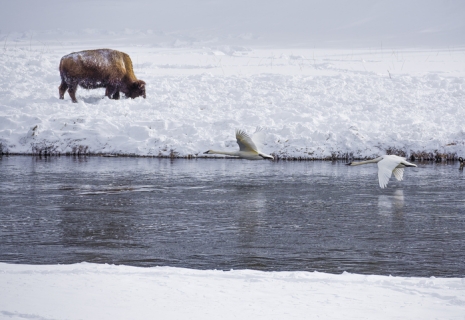
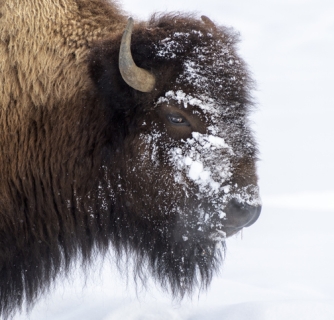
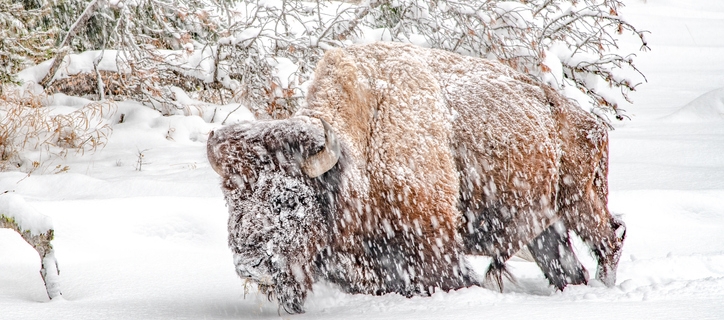
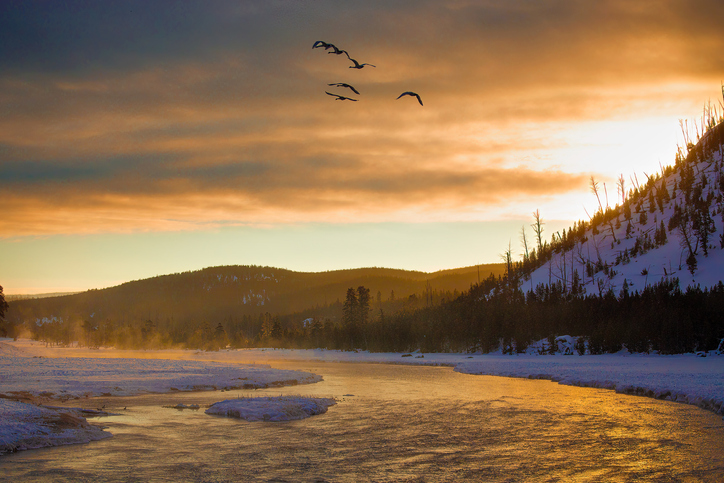
Southern Yellowstone
Bison, icicles dangling from their thick coats, huddle near Old Faithful, obtaining warmth from the geysers, mud pots, and steam vents. Trumpeter swans stay near the Firehole River as long as the surface remains open — not iced over — so they can feed on the aquatic vegetation. Bison and birds may also be seen near Madison Junction and the Madison River.
How to See the Animals in Winter
In winter only the road between the North Entrance at Gardiner, Mont., to the park’s northeast entrance near Silver Gate and into Cooke City, Mont., remains open to visitors’ vehicles. Remember that “open” doesn’t mean “easy driving.” Conditions change quickly, snow drifts, and roads ice over. Even if you’ve tricked out your four-wheel-drive Jeep for blizzards, snow-packed roads can be challenging for even experienced drivers. It’s safer and more fun to take a snowcoach tour on park roads that are groomed for oversnow vehicles. They are limited to certain routes, but allow you to look and learn while the staff drives. You can also take advantage of Yellowstone’s snow to explore the park as the early visitors did — by skis and snowshoes.
Park vehicle tours include:
Madison Wildlife Excursion: On this snowcoach tour, look for birds as well as bison and other mammals along areas near the Madison River. Firehole Basin Winter Adventure: Stay warm in your snowcoach as you follow the Firehole River in search of bison, elk, and trumpeter swans. Winter Photo Safari: The driver-guide takes you to some great spots for animal viewing and scenic photographs and offers tips on getting the best winter images.
Non-vehicle winter tours include:
Lone Star Excursion: Ski or snowshoe a 5-mile loop on a guided tour that follows the Firehole River through woods and meadows to Lone Star Geyser. You might see trumpeter swans and bison. Old Faithful Snowshoe Tour: From Old Faithful Snow Lodge, snowshoe through forests and along the Firehole River. Look for owls and other birds as well as bison and elk as you explore the nearby backcountry.


